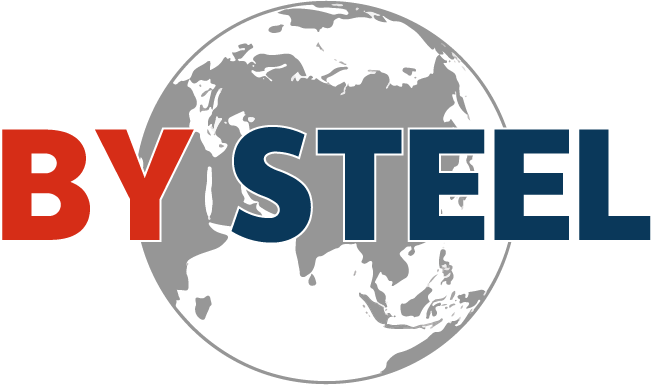Steel pipe connection method
Release time:
2024-06-18
Welding connection is a common way to connect steel pipes. The connection is achieved by heating the steel pipe interface to melt the welding rod and fuse it with the steel pipe. This connection method has the advantages of firm connection, good sealing, good durability, low cost, and no need for frequent maintenance.
There are mainly the following ways to connect steel pipes:
Welding. Welding is a common way to connect steel pipes. The connection is achieved by heating the steel pipe interface to melt the welding rod and fuse it with the steel pipe. This connection method has the advantages of firm connection, good sealing, good durability, low cost, and no need for frequent maintenance.
Threaded connection. Threaded connection is also called threaded connection. It is made by machining threads on both ends of the steel pipe and connecting them with accessories such as threaded sleeves and gaskets. This connection method is suitable for steel pipes of different thicknesses and materials. It is simple to install and easy to maintain.
Flange connection. Flange connection is a method of installing flanges on both ends of the steel pipe and then fastening them together with bolts. This connection method is suitable for situations where the steel pipe needs to be disassembled and installed many times. It has the advantages of high strength, good sealing, and easy disassembly.
Socket connection. Socket connection is a connection method in which one pipe is inserted into the socket of another pipe and sealed by sealing materials or rubber rings. This connection method is suitable for small and medium diameter pipes.
Grooved clamp connection. Grooved clamp connection is a method of connecting by machining grooves on the steel pipe and then using clamps. This connection method is suitable for pipes with larger diameters, with fast installation and easy operation.
Choosing the appropriate connection method depends on factors such as the material, diameter, use environment, and whether the steel pipe needs to be disassembled frequently.
Latest News
The correct way to install steel coils
The correct way to load steel coils depends on their size, weight and how they are transported or stored.
2024-05-13
Steel pipes can also be divided into seamless steel pipes and welded steel pipes according to the production process. Seamless steel pipes are divided into hot-rolled and cold-rolled (drawn). Welded steel pipes are divided into straight seam welded steel pipes and spiral seam welded steel pipes.
2024-05-13
How are steel plates produced?
The production process of steel plates includes multiple links such as raw material selection, steelmaking, casting, rolling and surface treatment. Each link has an important impact on the quality and performance of the final product.
2024-06-18
Main components of steel plate
Chromium, copper, nickel and other alloying elements may also be added to the steel plate. These elements can improve the corrosion resistance and high-temperature strength of the steel plate. They are often used to manufacture steel plates in impact resistance, wear resistance, marine engineering, nuclear engineering and other fields.
2024-05-13
The production of steel bars is a complex process that requires the cooperation of a series of equipment. The accuracy and stability of these equipment directly affect the quality of the bars.
2024-06-18
The difference between I-beam and H-beam
The upper and lower flanges of H-beams are usually wider than those of I-beams. H-beams also perform better in terms of load-bearing capacity and stability, and their bending resistance is particularly good. Therefore, H-beams are more suitable for structures that need to withstand large loads, such as bridges and high-rise buildings.
2024-06-18


